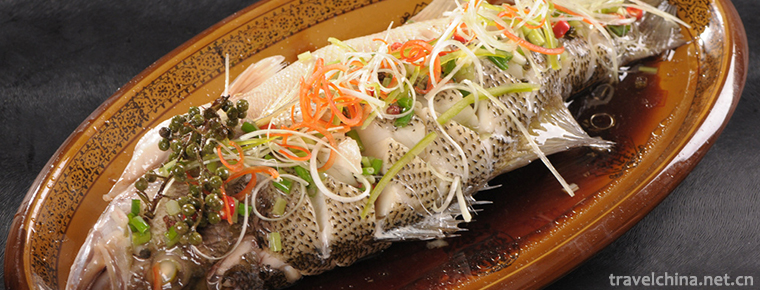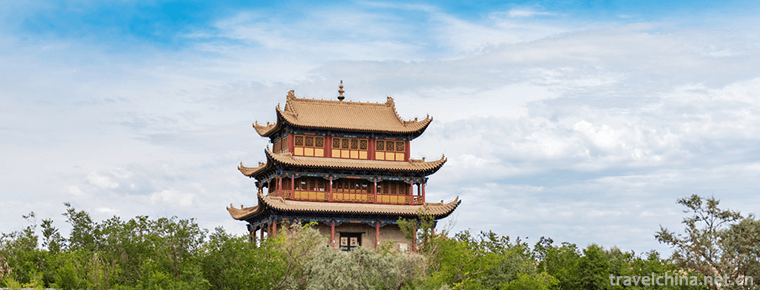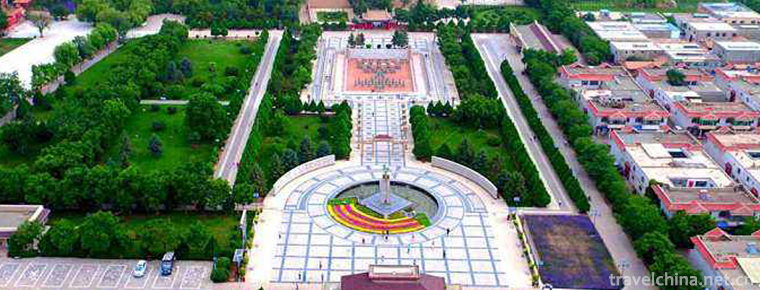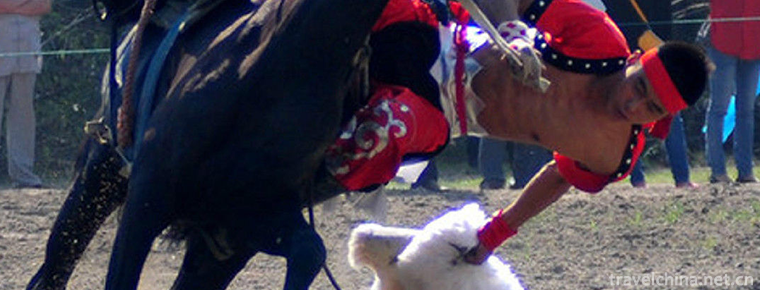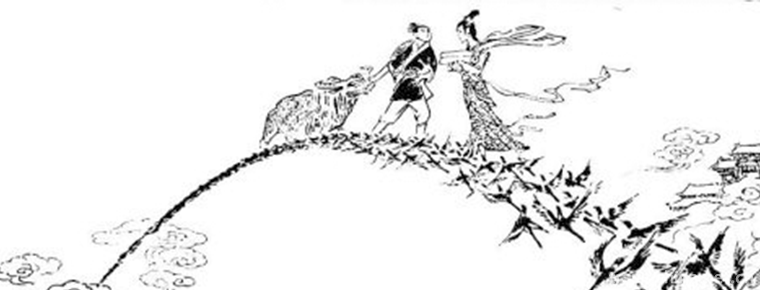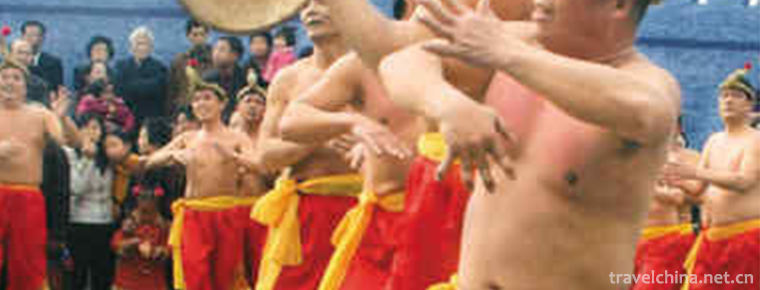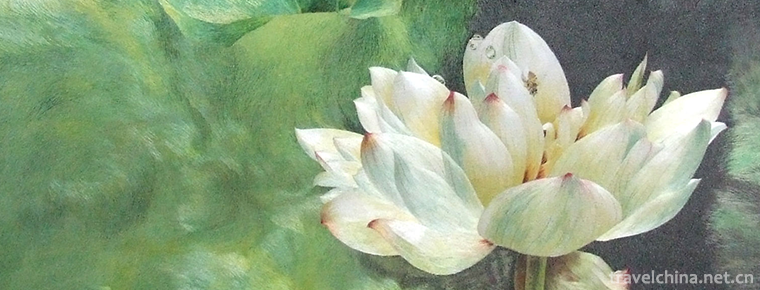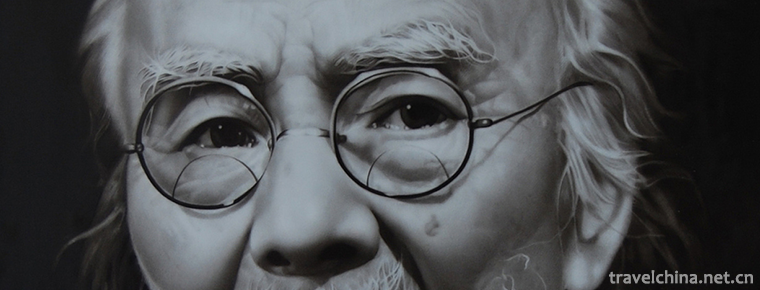Shaohuashan National Forest Park
Shaohuashan National Forest Park
Shaohuashan National Forest Park is located at the north foot of Qinling Mountains, 5 kilometers southeast of Huaxian City, Shaohuafeng in the west, Lilongshan in the east, Qinling main ridge in the south, 310 National Highway in the north, Lianhuo Expressway (Xi'an-Tongguan Section) and Longhai Railway, covering an area of 63 square kilometers.
Shaohua Mountain National Forest Park is composed of five scenic spots: Hongya Lake, Shimen Gorge, Dense Forest Valley, Qianlong Temple and Shaohuafeng, with up to 150 natural and human landscapes. The climate type is warm temperate semi-humid climate. The forest coverage is over 90%, the ecological environment is almost primitive and the climate is pleasant.
Development history
Shaohuashan National Forest Park was built in 2005, with a total investment of 180 million yuan. After five years of construction, it now has the conditions to open the park.
On September 17, 2010, Shaohuashan National Forest Park opened grandly.
geographical environment
Location context
Shaohua Mountain National Forest Park is located at the north foot of Qinling Mountains, 5 kilometers southeast of Huaxian County, Shaanxi Province. It starts from Shaohua Peak in the west, reaches Panlong Mountain in the east, and links the main ridge of Qinling Mountains in the South and Guanzhong Plain in the north. It is about 10 kilometers wide in the East and about 35 kilometers deep in the South and north, with a total area of 63 square kilometers.
topographic features
The main peak of Shaohua Mountain is 1664.4 meters above sea level. Because it is connected with Taihua Mountain in Xiyue, the two mountains have the same roots and veins, and are far away from each other. They are also called "Erhua", but lower than Huashan. They are also called Xiaohua Mountain because they are named "Shaohua Mountain" or "Xiaohua Mountain".
climate
Shaohuashan National Forest Park is a semi-humid climate in warm temperate zone, with an average annual temperature of 9.1-10.9 degrees Celsius, an average temperature of - 5.3 degrees Celsius in the coldest month of January and an average temperature of 22.5 degrees Celsius in the hottest month of July. The annual average frost-free period is 207 days. The annual sunshine hours are 2000 hours. The average annual relative humidity is 71%.
Main attractions
Ningshan Temple
Located in Lianhuasi Town, Huaxian County, Shaanxi Province. Ningshan Temple is the earliest Buddhist temple in the eastern part of Shandong Province in the final south of Shaanxi Province. It is located at the foot of the hill on the eastern side of the cypress slope of Xiaofuyukou, surrounded by dense bamboo forests and long streams. Legend has it that the construction of Ningshan Temple and Hanwu
Emperor Liu Xiu is concerned. Liu Xiu was once imprisoned by Wang Mang in Qinglong Ridge of Wangqu in the south of Xi'an City. He was rescued from danger. Xiaofuyu was his place of rest and hiding. Liu Zhuang, the son of Liu Xiu, the emperor of Han Ming, respected Buddhism in order to commemorate his great achievements and repay the surviving grace of his real father. Ningshan Temple was his lower courtyard when he sent the prime minister to build Qianlong Temple in Panlong Mountain. After the completion of Ningshan Temple, Prime Minister Wang and his disillusionment with the skill of shaving monks, so Ningshan Temple is also known as "Wang Xiangfu". In the east of Changshoupo village near the temple, there was a tomb and stone pagoda of Prime Minister Wang, which were preserved until 1949.
Valley lake
Located at Xiaofuyukou, the original Xiaofuyu Reservoir was rebuilt. The lake dam is 30 meters high and 116 meters long. It connects East and west to the confronting cliffs. On the top of the dam, there are Gallery bridges with distinctive styles, white columns and blue beams, flat roofs, clear and elegant, each with a pavilion at the East and West bridges. Above the corridor bridge, there are three red lacquer characters "Fu Gu Hu", which are inscribed by Wu San Da, a famous contemporary calligrapher in Shaanxi Province. Under the bridge is a 33-metre-wide, 30-metre-high silver curtain formed by the overflow of the lake. Under the sunshine, the water curtain shines brightly, and rainbows often appear. The lake is open and sparkling, with an area of about 50,000 square meters and a water depth of more than 30 meters.
The stone archway
Located on the tourist highway in front of Shaohua Mountain, with a height of 14.6 meters, a width of 26 meters and a five-hole structure, it is the largest stone archway in Northwest China nowadays. It is made of white stone from Han Dynasty. The inscription of "Shaohua Mountain" in the middle of the archway door is written by Mr. Shen Peng, a great Chinese calligrapher. In front of the archway, there are red grass and green flowers, cedars whirling, and behind the archway, there is a 20-meter wide tourist road leading directly to the scenic spot. The archway is one of the landmark buildings of Shaohua Mountain, which was completed in May 2007.
Shaohuafeng Scenic Area
Located in the western part of the park, it is formed by compression, folding and fracture of metamorphic rocks and granites, so the mountains are magnificent, the rocks are bare, the peaks are undulating, and the valleys are deep. The hill is like a dustpan, the mouth of the dustpan is northward, the beams on both sides of the East and West are winding upward, like two dragons meeting at the top of the main peak. The inside of the ditch is the left ditch. The trees in the ditch are lush, the grass is green, and there are paths circling upward, leading directly to the top of the mountain, and the exterior wall is thousands of miles away, and the bottom is not visible. "Religion thrives because of famous mountains, and famous mountains are thick because of religion." Shaohua Mountain is a famous Taoist mountain.
Qianlong Temple Scenic Area
Located in Mufuyu, adjacent to Baiyayu in the east, Xiaofuyu in the West and Panlongling in the south, the scenic spot covers 360 hectares and is 600-1300 meters above sea level. It is named Qianlong Temple. Qianlong Temple scenic spot belongs to the low mountain landform of Qinling Mountains. Its front hill slope is gentle, the back hill is steep, and a stream beside the road is clear water. It moistens all kinds of plants in the mountain all the year round. In the middle, there are cloves, carnation, lilies, wild chrysanthemums, and in the upper part, there are cypress, Oriental Arborvitae and Pinus bungeana, which make the four seasons continuous and eight sections evergreen.
Dense Forest Valley Scenic Area
Located at the southernmost tip of Xiaofuyu, with an area of 1220 hectares and a forest coverage rate of 90%, there are more than 300 species of trees. The rare and endangered plants are Eucommia ulmoides, Acer mongolica, Fraxinus mandshurica and Lingchun wood. There are more than 200 kinds of wildlife, which belong to the first level of national protection, including musk deer, leopard and white shoulder sculpture. The second level of wildlife protection includes black bear, red-bellied pheasant, bird eagle, Chinese mountain tiger and Phoenix butterfly, etc.
Tourism information
traffic
Self-driving vehicles from the direction of Xi'an, through Lianhuo Expressway to Huazhou. Under the exit of Shaohua Mountain, it can be reached 5 kilometers east of 310 National Highway.
Self-driving vehicles from Shanxi can be reached 11 kilometers west of 310 National Highway through Lianhuo Expressway to Luofu Exit.
Xi'an Textile City Bus Station has a train leaving at 8 a.m. to Shaohua Mountain and returning to Xi'an at 5 p.m.






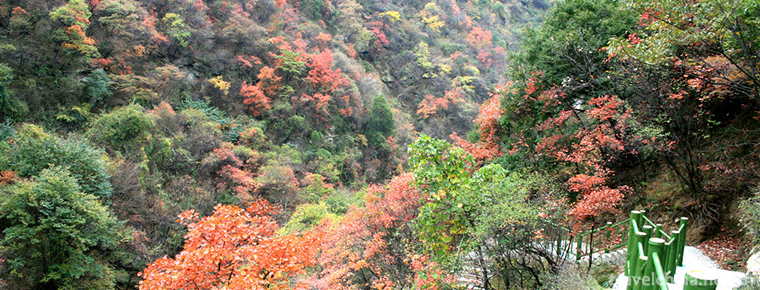
-
Steamed perch with scallion and black beans
Steamed bass cooking techniques are mainly steamed dishes, and their taste is salty and fresh. Steamed perch is one of the famous traditional dishes in Guangdong province.
Views: 177 Time 2018-11-02 -
Jiayuguan cultural relics scenic spot
Jiayuguan: World Cultural Heritage, National AAAAA Tourist Scenic Spot, National Key Cultural Relics Protection Unit, National Patriotic Education Demonstration Base..
Views: 158 Time 2018-12-12 -
Beijing Hotel
Located in the center of Beijing, Beijing Hotel is adjacent to the former Imperial Palace and Forbidden City. It can reach Tiananmen, the Great Hall of the People.
Views: 228 Time 2018-12-14 -
Leitaihan Culture Museum Wuwei
Leitaihan Culture Museum is located in the urban area of Wuwei City. It is the land of the Chinese tourism symbol "Ma Ta Feiyan". Leitai was declared as the key cultural relics protection un.
Views: 183 Time 2019-02-24 -
Buzkashi
One of the folk sports events in Xinjiang, China. Although there is no written record of sheep on foot, it has been examined in some areas of northern Xinjiang, which has continued to this day, and is.
Views: 127 Time 2019-04-26 -
Lanzhou Taiping Drum
Lanzhou Taiping Drum, a traditional dance in Lanzhou City, Gansu Province, is one of the national intangible cultural heritage..
Views: 254 Time 2019-05-10 -
Qixi Festival
Qixi Festival, also known as Qiqiao Festival, Qijie Festival, Daughter's Day, Qiqiao Festival, Qiniang Club, Qiaoxi Festival, Bull Bull Mother's Day and Shuangqi Festival, is a traditional Chinese fes.
Views: 242 Time 2019-06-09 -
Quanzhou breast clapping dance
Breast-clapping dance, also known as chest-clapping, seven beats, flower-clapping and beggar dance, is a traditional dance originating in Quanzhou, Fujian Province. It is widely spread in Quanzhou cou.
Views: 130 Time 2019-06-11 -
Hunan embroidery
Hunan embroidery is one of the four famous embroidery in China. It is the general name of Hunan embroidery products with distinctive Hunan-Chu cultural characteristics centered in Changsha, Hunan Prov.
Views: 299 Time 2019-07-06 -
Sichuan University of Arts and Science
Sichuan Academy of Arts and Sciences, located in Dazhou City, Eastern Sichuan Province, has a history of running higher education which can be traced back to Longshan Academy in late Qing Dynasty, whi.
Views: 146 Time 2019-08-31 -
Climate of Yibin
Yibin City has a humid monsoon climate in the middle subtropics, and the low hills and river valleys have the climate attributes of south subtropics. It has the characteristics of mild climate, abundant heat, abundant rainfall, suitable illumination, long fr.
Views: 354 Time 2020-12-18
